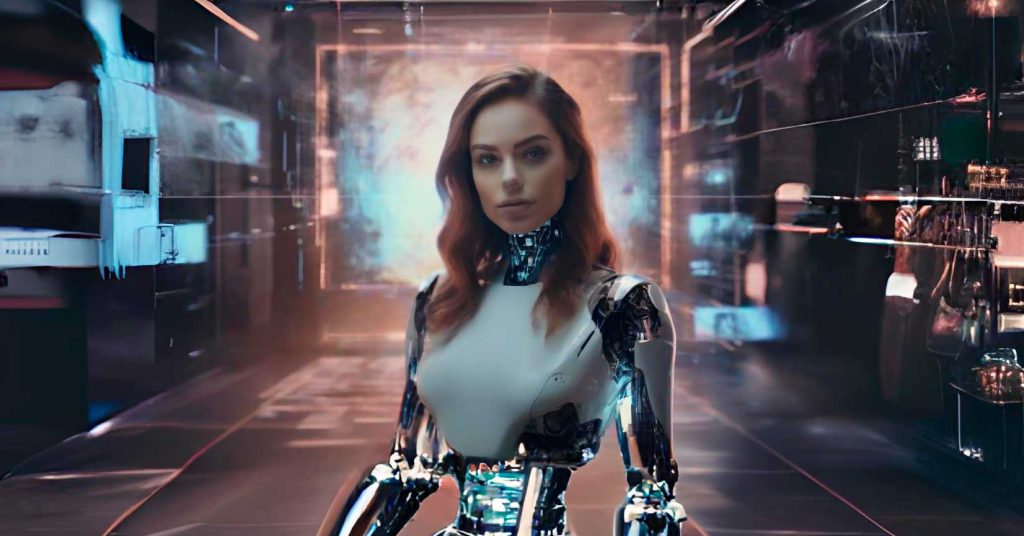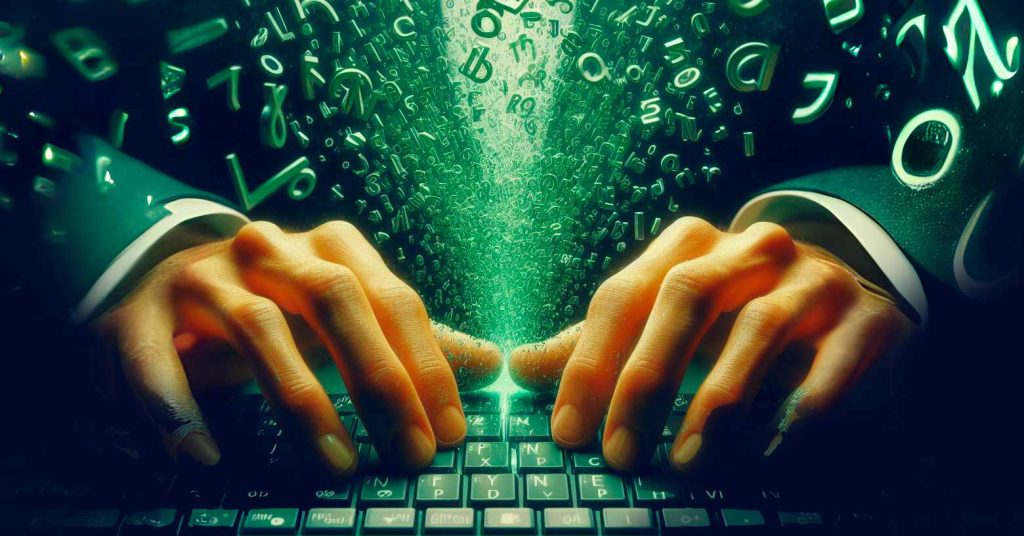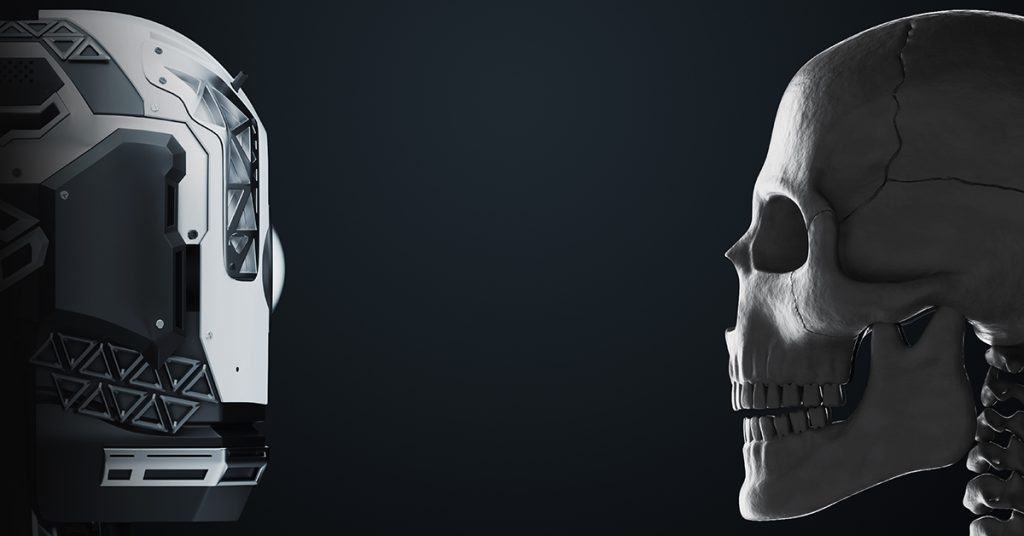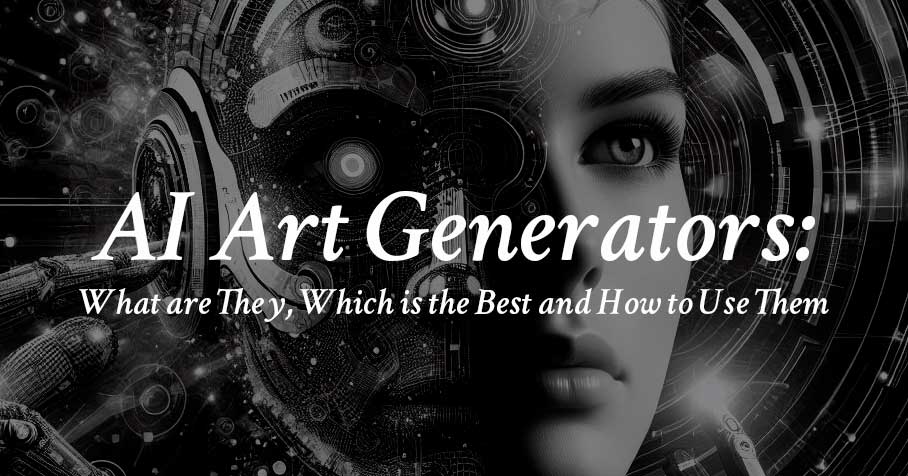
Introduction
In the ever-evolving realm of technology, one innovation is captivating the imaginations of artists and enthusiasts alike: AI art generators. These remarkable tools harness the power of artificial intelligence to transform mere text descriptions into stunning visual masterpieces. What began as a niche concept has exploded in popularity, with a plethora of AI art generators emerging to democratize creativity and redefine artistic expression.
Imagine a world where you can effortlessly conjure your wildest artistic visions into existence, without the need for years of training or specialized software. That dream is now a reality, thanks to the groundbreaking technology of AI art generators.
What is AI Art Generation?
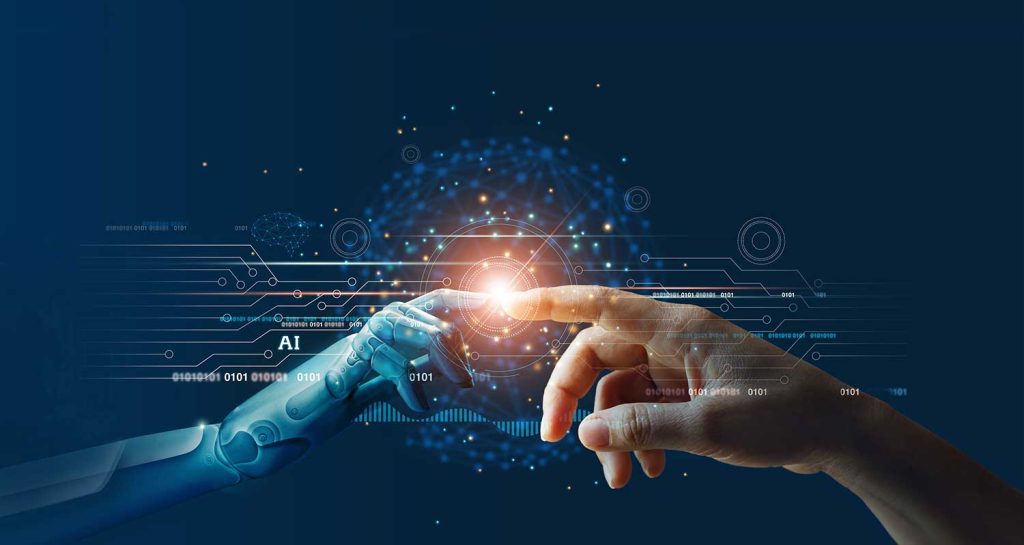

AI art generation, also known as neural art creation, is a field that utilizes the capabilities of deep learning and neural networks to generate original artwork from text prompts. These AI systems are trained on massive datasets of images, enabling them to learn the intricacies of various artistic styles, techniques, and concepts.
The process of AI art creation typically involves the following steps:
- Input Prompt: The user provides a text prompt describing the desired artwork. This prompt can be as simple as a single word or phrase, or as elaborate as a detailed description of the desired style, composition, and subject matter.
- Deep Learning Model: The input prompt is fed into a deep learning model, a neural network architecture trained on vast image datasets. The model analyzes the prompt and identifies relevant patterns and concepts, akin to a human artist interpreting a written description.
- Image Generation: The deep learning model then generates an image based on the interpreted prompt. This process involves complex calculations and transformations, guided by the learned patterns and concepts.
The result is an artwork that seamlessly blends the human imagination with the power of AI, creating unique and captivating visual expressions.
Types of AI Art Generators
The field of AI art generation encompasses various approaches, each with its own strengths and limitations. Here are the three main types of AI art generators:
- Diffusion Models: These models operate by iteratively refining noise patterns until they resemble the desired artwork. They excel at producing realistic and detailed images.
- Style Transfer: This method involves applying the style of a reference image to a different content image. It is particularly effective in transforming photos into artistic masterpieces.
- Generative Adversarial Networks (GANs): These models consist of two neural networks, a generator and a discriminator, that compete against each other. The generator learns to produce realistic images, while the discriminator tries to distinguish between real and generated images. This adversarial process leads to the creation of high-quality artwork.
Popular AI art generators include:
- Craiyon (formerly Dream by WOMBO): A versatile tool that supports various creative styles, from realistic depictions to abstract expressions.
- NightCafe Creator: Known for its ability to generate surreal and imaginative artwork, often inspired by fictional characters and settings.
- Artbreeder: A powerful tool for creating and manipulating portraits, with the ability to blend and combine different styles and features.
Unlocking Creativity with AI Art Generators
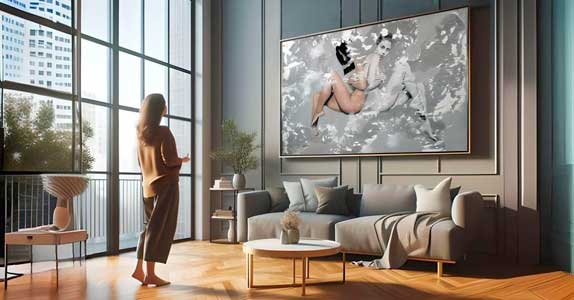

AI art generators offer a gateway to creativity for anyone, regardless of artistic expertise. They provide a platform to explore new ideas, experiment with different styles, and push the boundaries of artistic expression.
To fully unlock the potential of AI art generators, consider these tips:
- Embrace Experimentation: Don’t be afraid to try different prompts, styles, and artistic concepts. The AI will surprise you with its ability to interpret and generate unique artwork.
- Craft Effective Prompts: The quality of your prompts significantly impacts the results. Use clear, concise, and descriptive language to guide the AI’s creative direction.
- Seek Inspiration: Draw inspiration from art, literature, nature, or even your own dreams. Share your prompts and artwork with others to foster a community of creative exploration.
Examples of AI Art Generation
The diversity of AI art generation is evident in the vast array of artwork it produces. From photorealistic depictions of everyday objects to abstract expressions that defy categorization, AI art generators are capable of creating a captivating range of visual experiences. Here are a few examples to illustrate the potential of these tools:
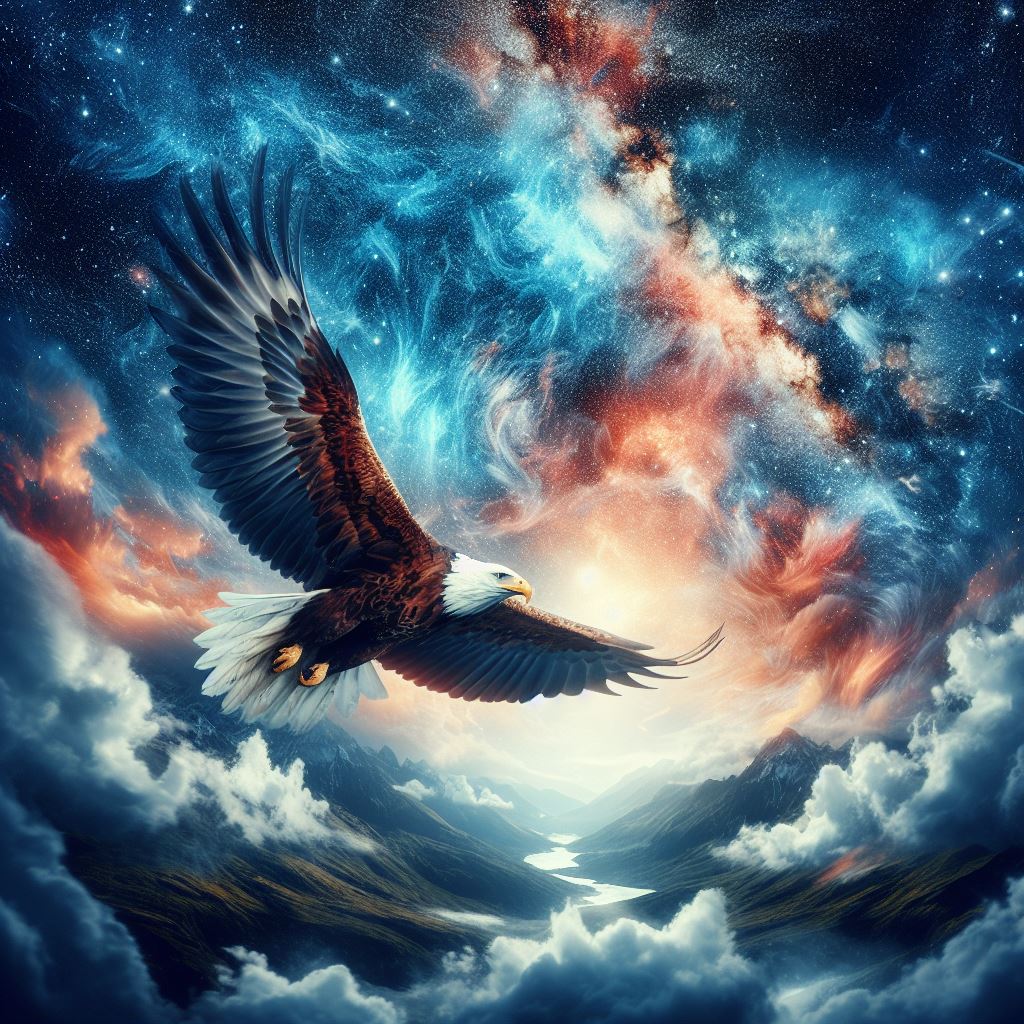

A stunning depiction of a majestic eagle soaring through a starlit sky.
An abstract painting that captures the essence of chaos and beauty, blending vibrant colors and swirling patterns.
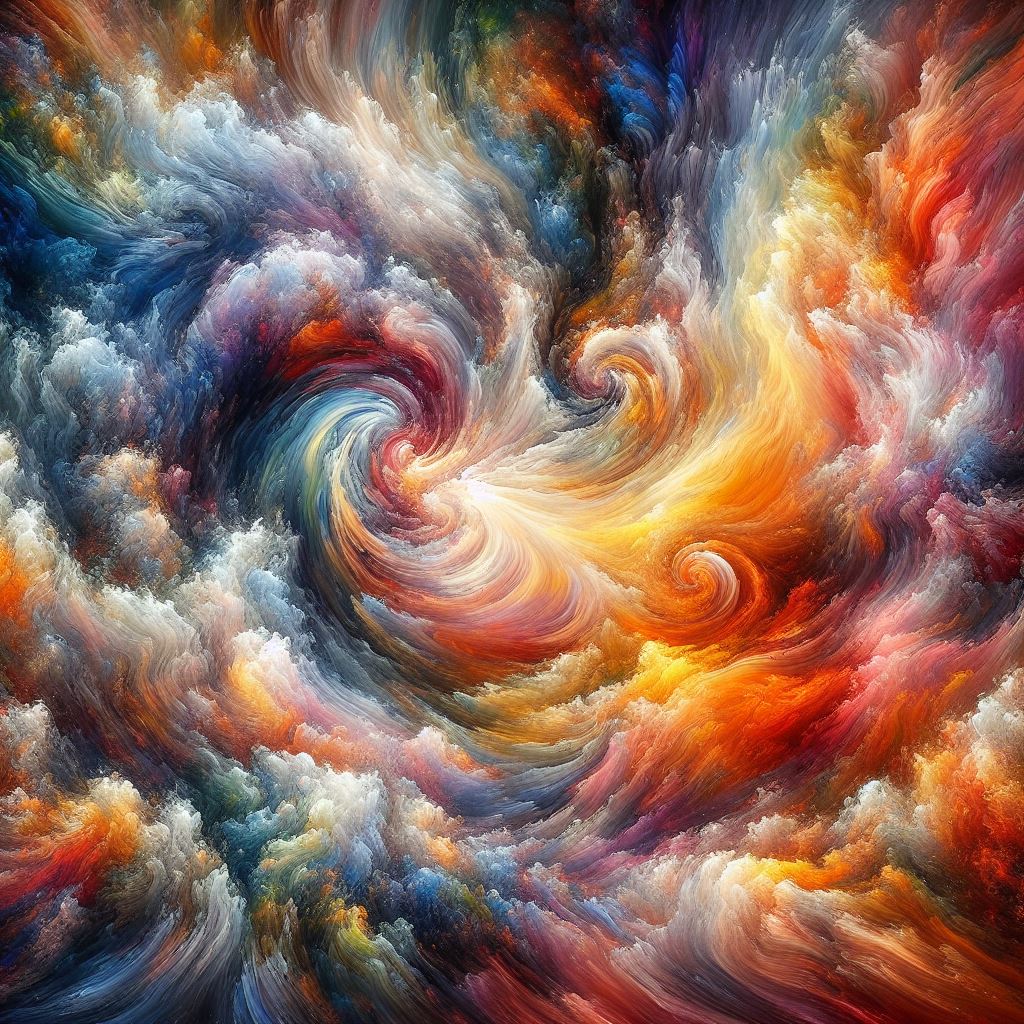

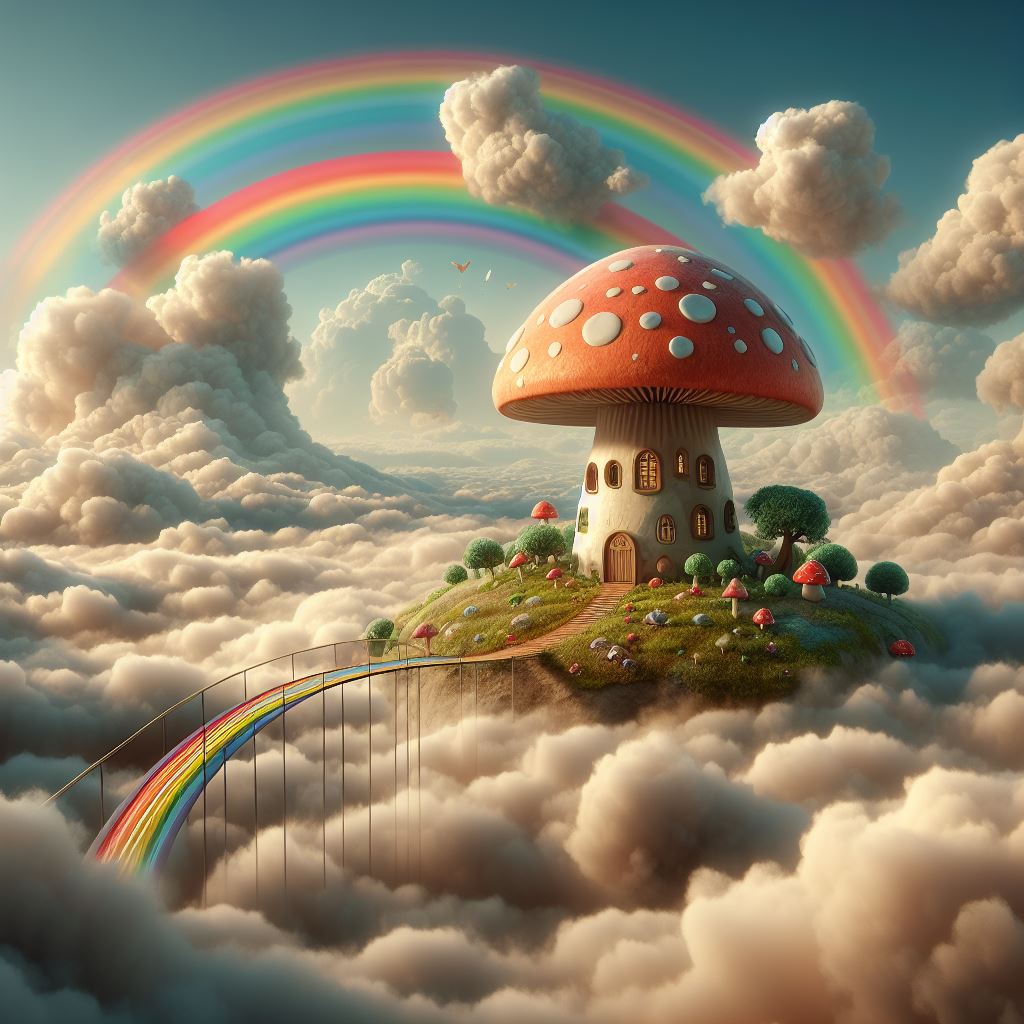

A surreal landscape where a whimsical mushroom house stands amidst floating clouds and a rainbow bridge.
Photorealistic portrait of a fictional character, capturing their intricate facial features and emotional expression.
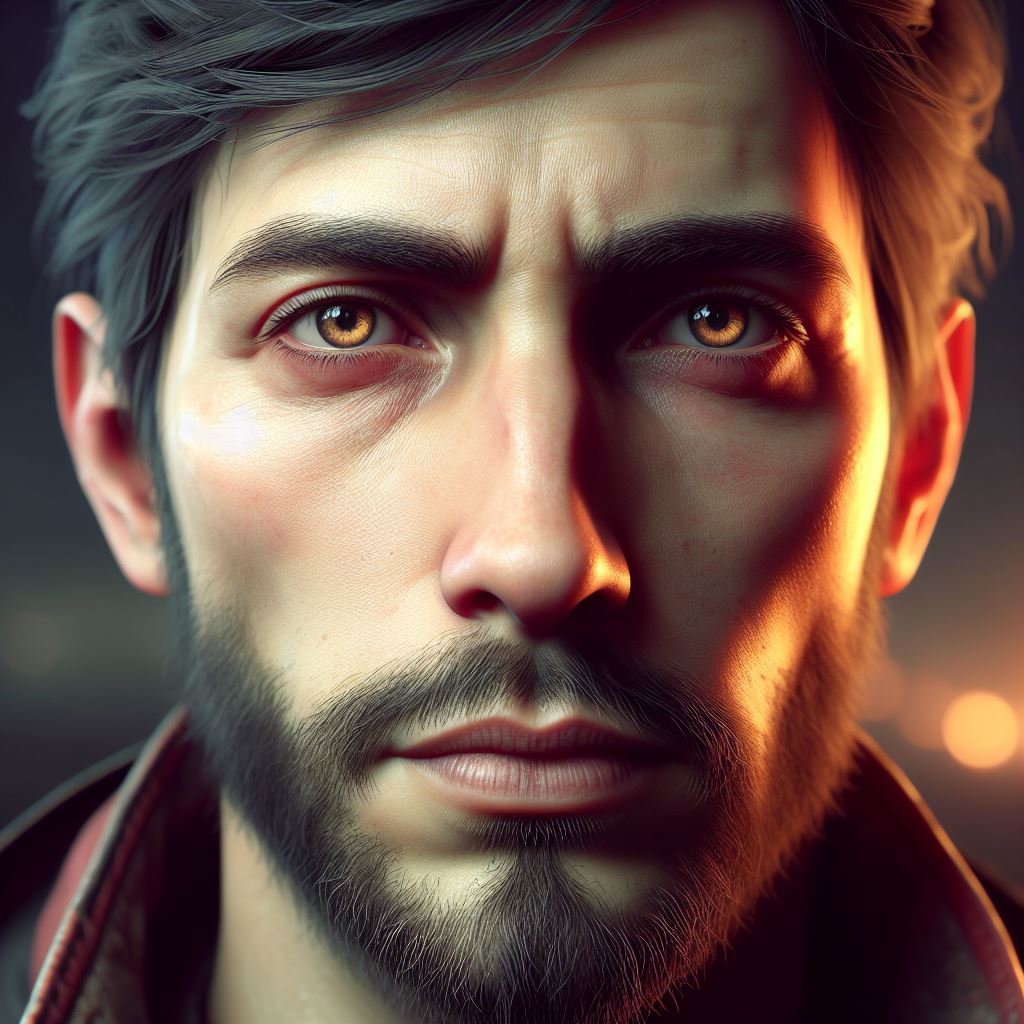

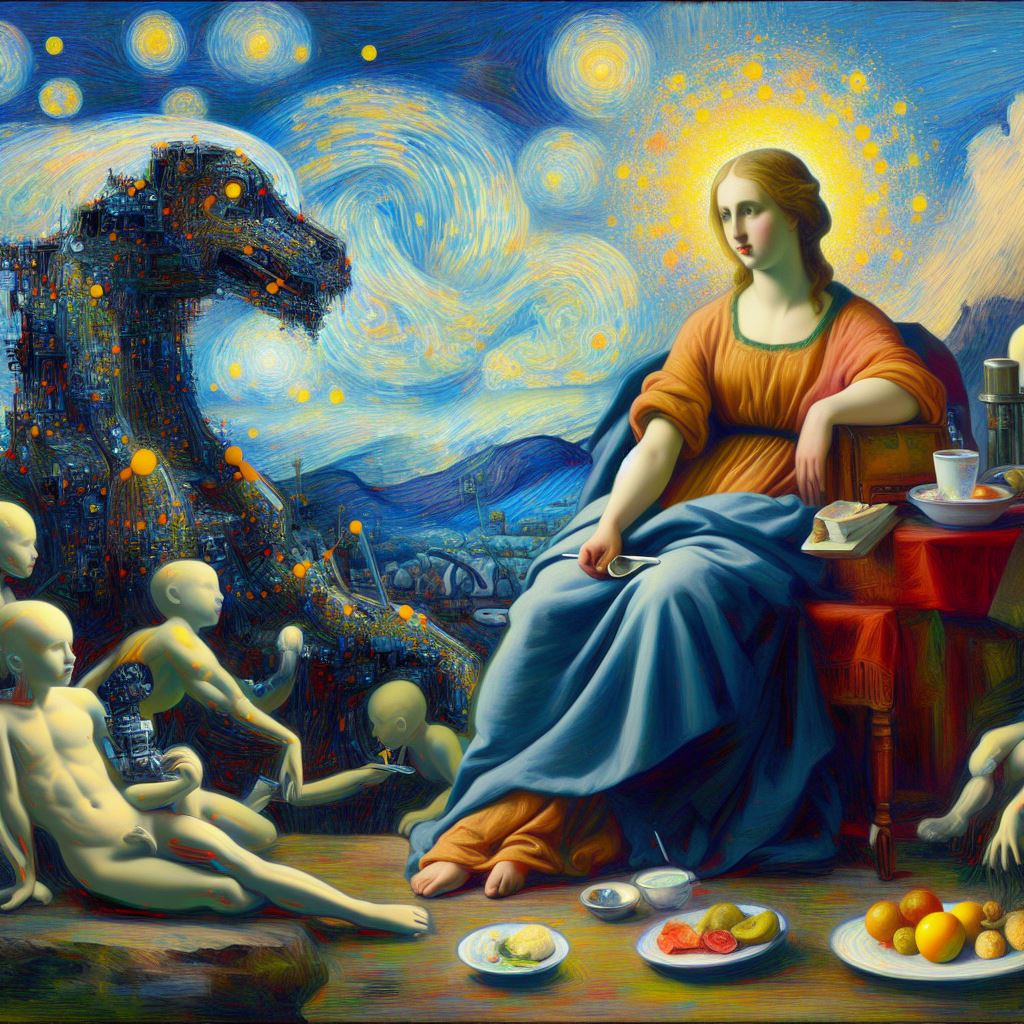

A reinterpretation of a famous painting, with the AI adding its own unique twist and interpretation.
These examples showcase the ability of AI art generators to produce diverse and captivating artwork, from realistic depictions to abstract expressions and surreal imagery.
AI Art Generators: The Future of Creativity
The field of AI art is still in its early stages, but it has the potential to revolutionize the way we create and interact with art. AI art generators can generate artwork that is indistinguishable from human-made art, and they can also produce artwork that is impossible for humans to create on their own. This opens up a whole new world of possibilities for art, and it is sure to have a profound impact on the art world in the years to come.
One of the most exciting possibilities of AI art is that it can democratize creativity. With AI art generators, anyone can create art, regardless of their artistic skill level. This means that people who have never considered themselves artists can now express their creativity in a new and exciting way.
AI art can also be used to create art that is more accessible to people with disabilities. For example, AI art generators can be used to produce art that is compatible with screen readers, which can be used by people with visual impairments.
In addition to these benefits, AI art can also be used to create art that is more meaningful and engaging. AI art generators can be trained on specific datasets of art, which means that they can be used to create art that is relevant to specific cultures or communities. This can help to make art more relevant and engaging to people all over the world.
As AI art technology continues to develop, it is sure to have an even greater impact on the art world. AI art generators are already being used by artists, designers, and educators, and they are sure to become even more popular in the years to come.
AI Art Generators: The Ethical Considerations
The use of AI art generators raises a number of ethical considerations. One concern is that AI art could be used to create fraudulent or misleading art. For example, AI art could be used to create forgeries of famous artworks, or it could be used to create art that is used to deceive people.
Another concern is that AI art could lead to a decrease in creativity. If AI can be used to create art that is indistinguishable from human-made art, will people be less motivated to create art themselves?
It is also important to consider the impact of AI art on copyright law. If AI can be used to create new artworks, who owns the copyright to those artworks? Is it the person who created the AI, the person who provided the input prompt, or the AI itself?
These are just a few of the ethical considerations that need to be addressed as AI art continues to develop. It is important to have a open and honest discussion about these issues so that we can ensure that AI art is used in a responsible and ethical way.
AI Art Generation: Tips for Crafting Effective Prompts
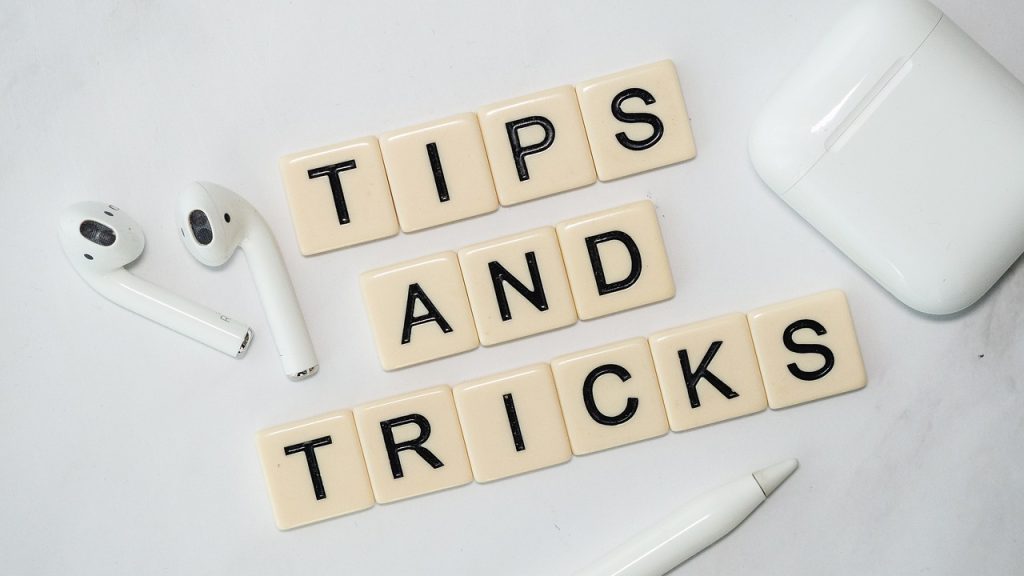

Crafting compelling prompts is crucial for unlocking the full potential of AI art generators. By providing clear and descriptive instructions, you can guide the AI towards your artistic vision, resulting in more captivating and unique artworks. Here are some essential tips to consider when crafting prompts:
- Clarity and Conciseness: Use straightforward language that conveys your desired imagery and style effectively. Avoid overly complex or ambiguous descriptions, as these can confuse the AI and lead to unintended results.
- Visual Language: Incorporate vivid language that evokes visual imagery, such as descriptions of colors, shapes, textures, and lighting. Paint a picture with words to provide the AI with a clear understanding of your artistic intent.
- References and Examples: If you have specific artworks or styles in mind, mention them as references. This can help the AI grasp your artistic vision and guide it towards producing artwork that aligns with your taste.
- Variety of Styles: Experiment with different styles of prompts, such as descriptive narration, poetic imagery, or even humorous or thought-provoking statements. The AI can respond to diverse approaches, leading to unexpected and creative outcomes.
- Iteration and Refinement: Don’t hesitate to refine your prompts based on the AI’s initial outputs. The AI is learning from your interactions, so adjust your prompts to fine-tune the artwork’s direction and achieve your desired results.
Remember, AI art generators are evolving tools, and the best prompts often emerge from experimentation and exploration. Embrace the journey of creativity, have fun, and let the AI be your partner in crafting visually stunning and thought-provoking artwork.
Conclusion
AI art generators are poised to revolutionize the art world, opening up new avenues for creative expression and exploration. By harnessing the power of AI, these tools democratize art, making it accessible to everyone, regardless of technical expertise. They also have the potential to challenge traditional notions of authorship and ownership, blurring the lines between human and machine creativity.
As AI art continues to evolve, it will undoubtedly reshape the way we create, consume, and interact with art. It will inspire new forms of artistic expression, expand the reach of art to new audiences, and challenge our perspectives on the role of technology in the creative process.
Embrace the transformative power of AI art, and let it ignite your imagination and guide you to new artistic horizons. With AI as your partner, you can explore the boundless possibilities of creative expression and contribute to the ever-evolving landscape of AI art.
FAQs
- What are the best AI art generators?
There are many excellent AI art generators available, each with its strengths and limitations. Some popular options include Craiyon, NightCafe Creator, Artbreeder, Dream by WOMBO, and Pixray.
- Are AI art generators easy to use?
Yes, AI art generators are generally very easy to use. Most of them have simple interfaces and require little to no technical expertise.
- What are the limitations of AI art generators?
While AI art generators are powerful tools, they have some limitations. They may not always produce the exact results you want, and they may not be able to capture the nuance and complexity of human creativity.
- How can I use AI art generators ethically?
It is important to use AI art generators responsibly and ethically. Be mindful of the potential for misuse, and respect the copyright of others.
- What are the future trends in AI art?
The field of AI art is rapidly evolving, and there are many exciting trends on the horizon. These include the development of more sophisticated AI models, the integration of AI art into virtual and augmented reality experiences, and the use of AI art to create more immersive and interactive artworks.

